1、 Curing method
1. Soil: the fertile soil layer containing organic matter is more suitable for cultivating pineapple sage. The soil used should be clean and need to be disinfected in advance
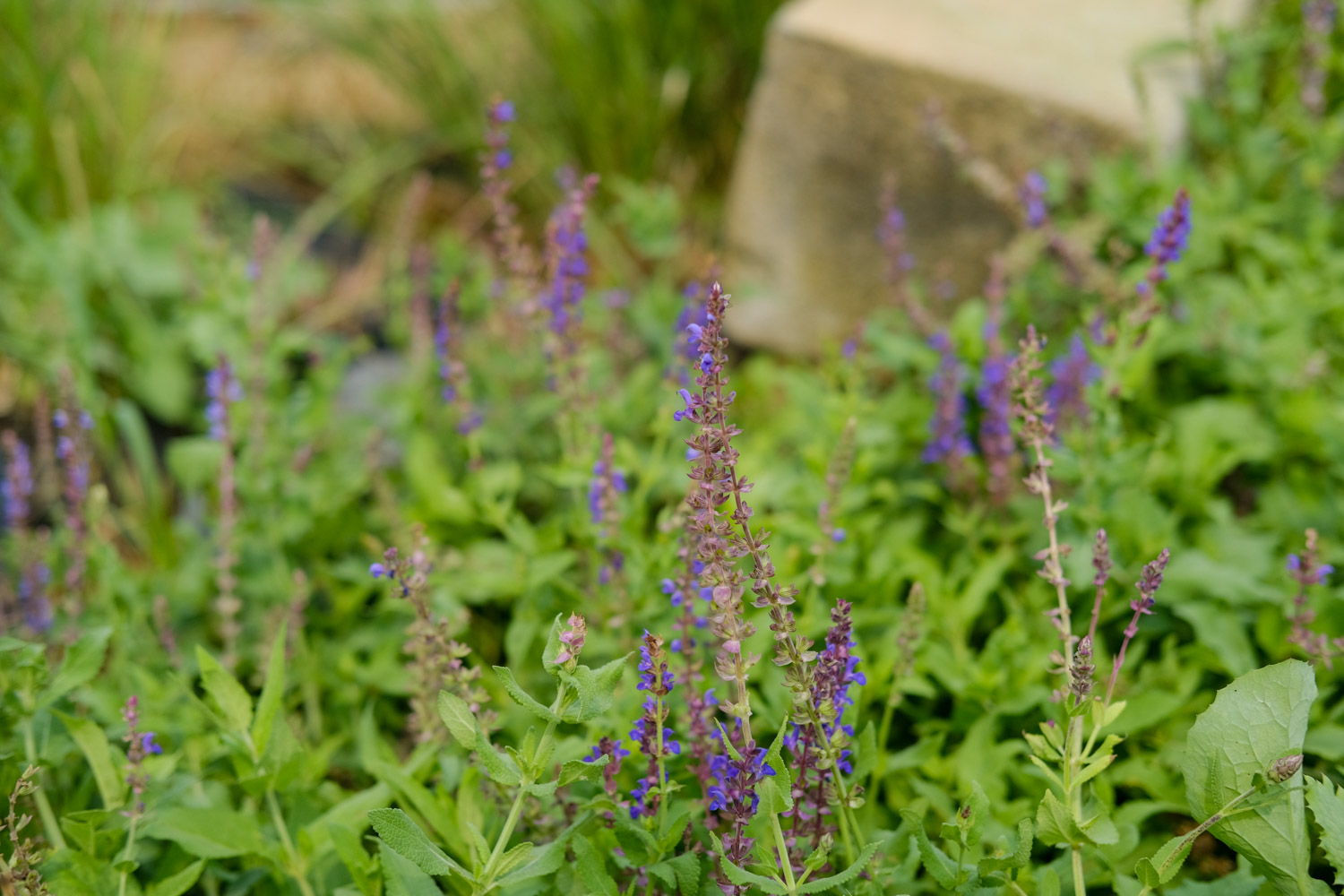
2. Water: it needs more water. If it is given enough water, it can grow better. Proper watering is necessary during its vigorous growth
3. Nutrient: it also needs a lot of fertilizer in the vigorous growth period. It can choose organic fertilizer and sprinkle it evenly on its soil layer. Organic fertilizer can also be dissolved in water, so that it can be poured into the soil during irrigation, which can also promote its absorption
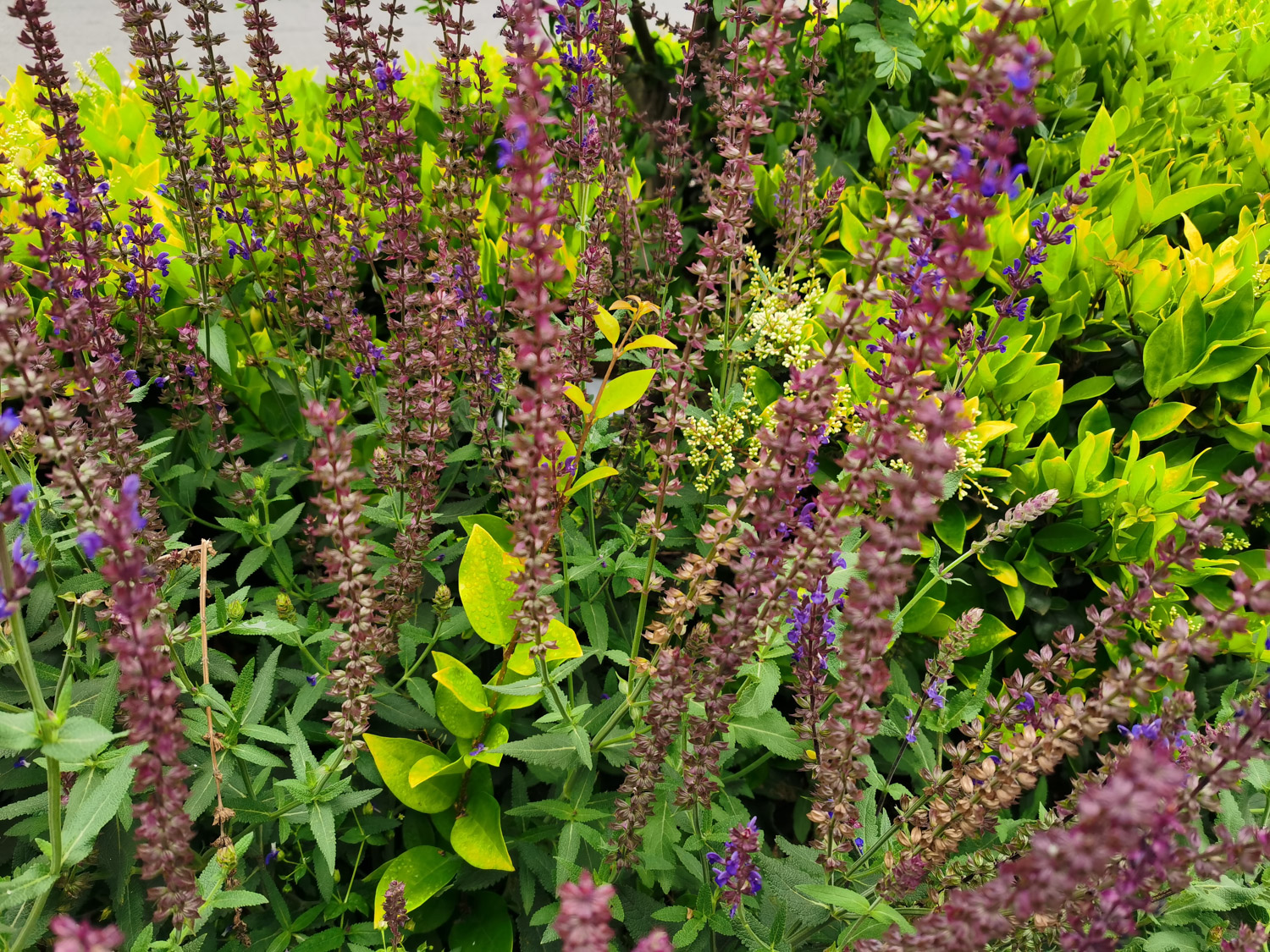
4. Light: pineapple sage is a plant with short sunshine. Astigmatism is generally the best light. Strong direct light will damage the growth of branches and leaves
2、 Breeding skills
1. Pruning: the plant grows faster, and the branches and buds at the top should be pruned frequently. Prevent the plant from growing too fast, resulting in slow growth of lateral branches, affecting growth and nutrient absorption
2. Propagation: cutting propagation is the best way to survive, and the time is the most appropriate in autumn. After cutting the strong branches, insert them into the soil with sufficient nutrients, spray water and moisturize them, and you can see the new buds in about a week
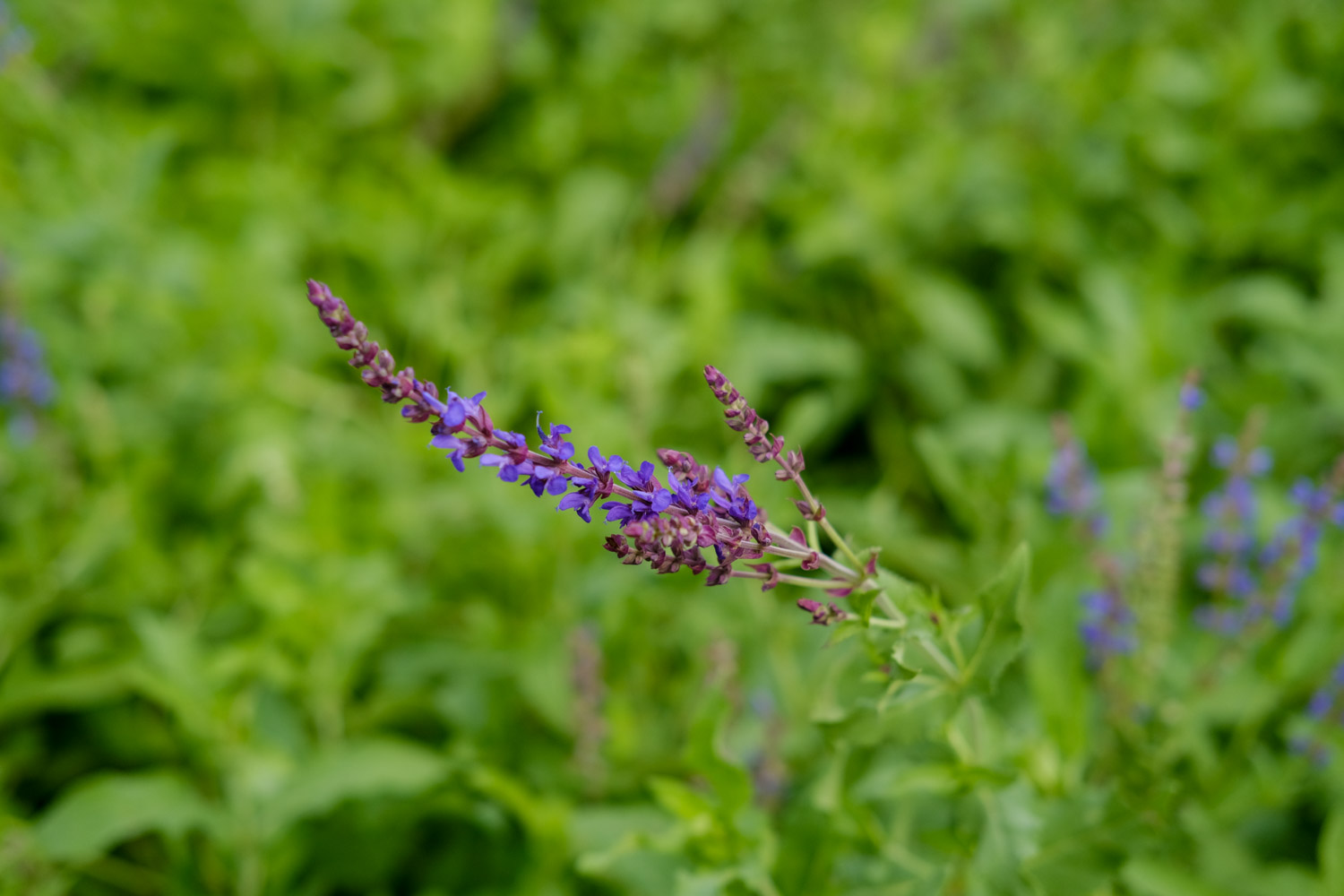
3、 Diagnosis and treatment problems
1. Yellow and withered leaves: when yellow and withered leaves occur during breeding, pay attention to whether the temperature is too high. Too high temperature during breeding will cause its branches and leaves to turn yellow and wither. Especially in summer, the temperature should be controlled and ventilation should be maintained
2. Rotten roots: the water stored in the basin for a long time will cause rotten roots. The water should be properly controlled during irrigation and covered in rainy days to avoid rotten roots
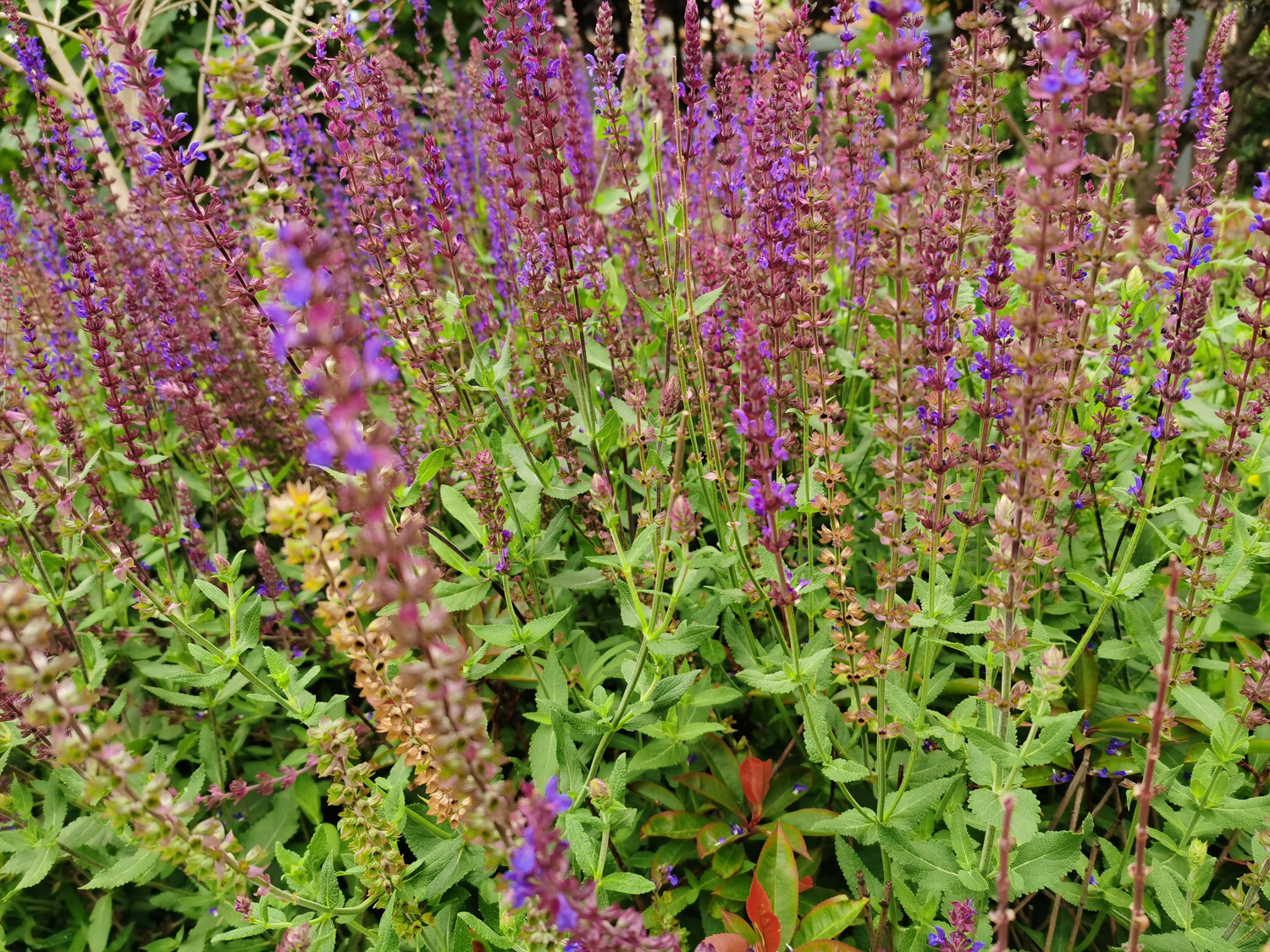
4、 Other issues
1. How to spend the winter: in winter, it should be cultured indoors. If the temperature is too low outside, it will cause plant frostbite and directly affect its growth
2. Toxic or not: it has no toxicity and can be cultured safely. Good breeding, easy survival and high ornamental
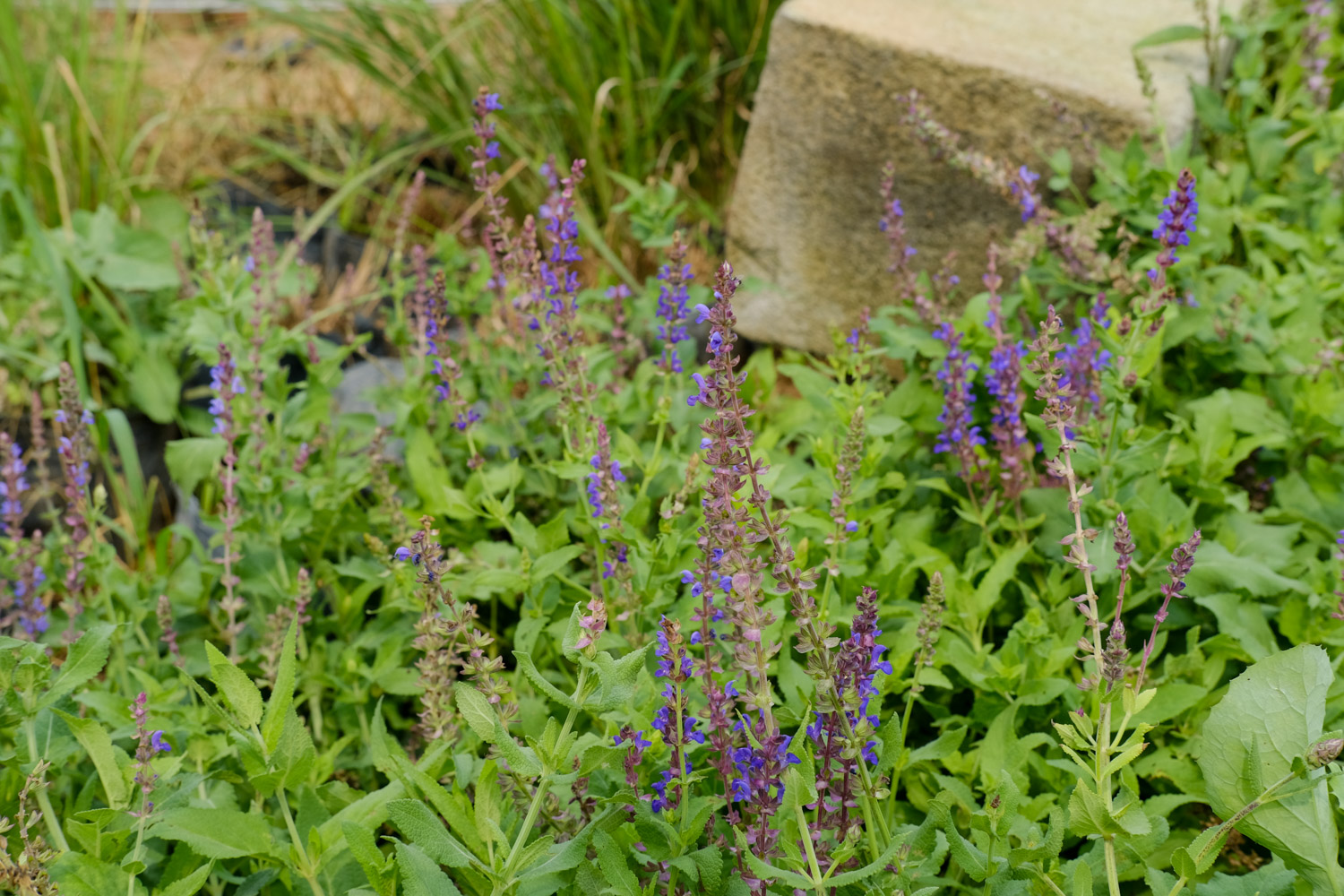

 jackfruit
jackfruit snake plant
snake plant hibiscus
hibiscus hydrangea
hydrangea lavender
lavender Green roses climb al...
Green roses climb al... If you don't pay att...
If you don't pay att... Management of four g...
Management of four g...
































